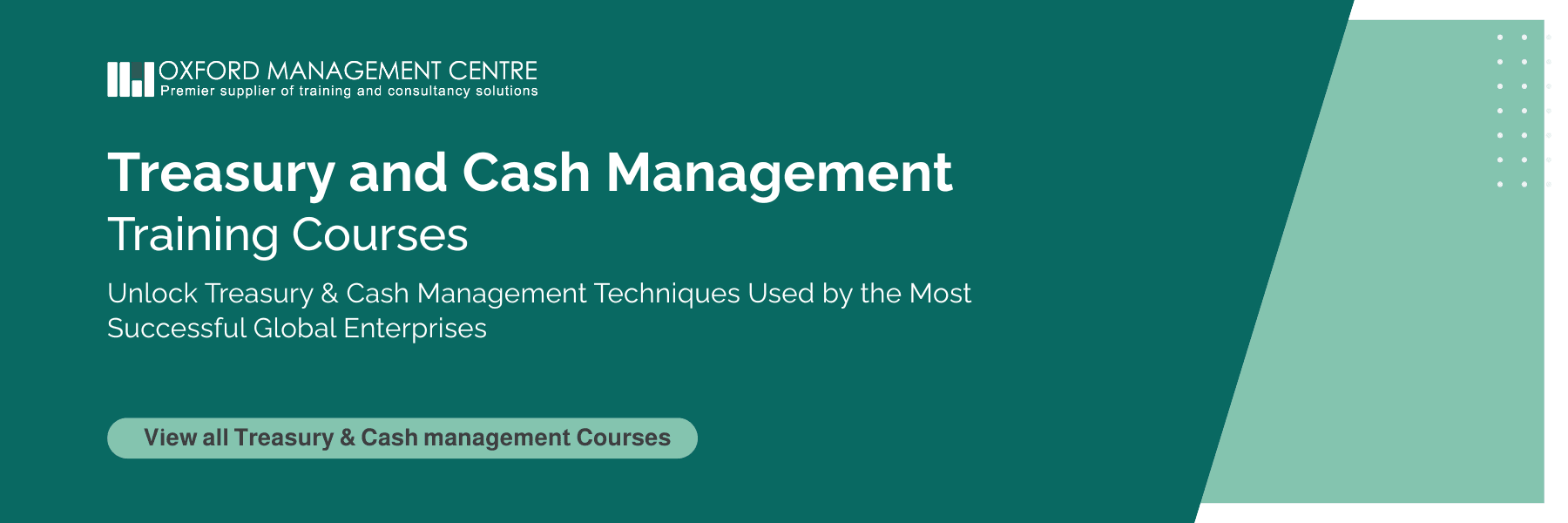
Cash Flow Forecasting Techniques for Corporate Treasurers
Mastering Predictability in Liquidity and Strategic Treasury Planning
Accurate cash flow forecasting is the lifeline of effective treasury management. For corporate treasurers, understanding the inflow and outflow of funds is not only essential for day-to-day liquidity but also for long-term financial stability and strategic decision-making. The ability to anticipate cash shortages or surpluses directly influences investment, financing, and operational decisions. Yet, many treasurers still face challenges in creating forecasts that are both reliable and actionable.
As markets become more volatile and financial operations more complex, the role of the corporate treasurer evolves from a passive record-keeper to a strategic financial planner. This transformation demands a deeper command of advanced forecasting techniques. By adopting data-driven methodologies and leveraging modern tools, corporate treasurers can build robust forecasting models that reduce risk, improve capital allocation, and ensure financial resilience.
To address these challenges, professionals are increasingly turning to specialised Treasury and Cash Management training courses designed to deepen their expertise and equip them with practical tools for accurate forecasting.
The Strategic Value of Cash Flow Forecasting
Cash flow forecasting plays a pivotal role in both strategic and operational treasury functions. At its core, it enables companies to:
- Anticipate future cash shortages or surpluses
- Optimize short-term borrowing and investment decisions
- Improve debt management and covenant compliance
- Enhance stakeholder confidence through predictable liquidity
- Support scenario planning and stress testing
Unlike historical financial reporting, forecasting looks forward, allowing treasurers to plan for contingencies and align cash positions with corporate goals. An accurate forecast becomes the foundation for all treasury activities—from working capital optimization to long-term capital structure management.
The increasing relevance of forecasting has made it a key component in treasury and cash management training courses for professionals aiming to take on senior treasury roles.
Key Techniques in Cash Flow Forecasting
Corporate treasurers employ various techniques depending on the company’s size, industry, data availability, and strategic goals. The following are among the most widely adopted methods:
1. Direct Forecasting
Direct forecasting is a short-term approach, usually spanning days to weeks. It uses actual inflows and outflows from bank statements and accounts receivable/payable ledgers. This method is especially useful for liquidity planning and is ideal for companies with high transaction volume or cash sensitivity.
2. Indirect Forecasting
This technique takes a broader, long-term view and is based on projected income statements and balance sheets. It is used for strategic planning and identifying long-term financing needs. Indirect forecasting is particularly relevant for capital-intensive industries and firms undergoing expansion.
3. Rolling Forecasts
A rolling forecast provides a continuously updated view of cash flows over a specific future period (e.g., 13 weeks). By frequently updating assumptions and actuals, companies can stay agile and responsive to market conditions. This dynamic method is increasingly taught in treasury and cash management courses to help professionals refine decision-making under uncertainty.
4. Scenario and Sensitivity Analysis
By modeling best-case, worst-case, and base-case scenarios, treasurers can stress test their assumptions and evaluate the potential impact of external shocks (e.g., supply chain disruption, interest rate hikes). This adds a risk management layer to the forecasting process.
5. Machine Learning and Predictive Analytics
Modern treasury teams are integrating AI tools into their forecasting models. By analyzing historical data patterns, machine learning algorithms can improve the accuracy of cash forecasts. While not yet ubiquitous, this technique is gaining traction in advanced treasury and cash management training settings.
Common Challenges in Forecasting Accuracy
Even with the right techniques, cash flow forecasting is not without challenges:
- Data fragmentation across systems can limit visibility and reliability.
- Human error and assumption bias often distort forecast outputs.
- Changing market dynamics, such as inflation or geopolitical risk, can render static models obsolete.
- Lack of stakeholder buy-in may lead to poor collaboration with other departments.
To mitigate these risks, corporate treasurers must promote cross-functional alignment, invest in forecasting technologies, and continuously upgrade their skill sets through relevant cash flow forecasting training courses.
Best Practices for Corporate Treasurers
To maximize the effectiveness of forecasting models, consider these best practices:
- Integrate with ERP and TMS systems for real-time data collection
- Establish forecast ownership across departments to encourage accountability
- Benchmark past forecasts against actual results to refine methodologies
- Standardize forecasting templates for consistency and clarity
- Continuously train treasury teams on evolving tools and regulations
These practices not only improve forecast accuracy but also foster a proactive culture within treasury departments. Advanced treasury and cash management courses often embed these principles to ensure practical application in the workplace.
The Role of Technology in Enhancing Forecasting
Digital transformation has fundamentally reshaped treasury operations. Today, cash flow forecasting is no longer limited to spreadsheets. Instead, modern treasurers leverage:
- Cloud-based forecasting platforms for scalability and integration
- APIs to connect banking and ERP systems in real-time
- Predictive analytics tools to enhance precision
- Visualization dashboards for stakeholder reporting
These innovations help treasurers not only generate faster forecasts but also communicate insights more effectively to CFOs and board members. Professionals seeking to enhance their digital fluency are well-served by enrolling in treasury management training courses that focus on both traditional techniques and digital advancements.
The Importance of Forecasting in Risk Management
Beyond liquidity planning, cash flow forecasting also contributes to financial risk mitigation. Accurate forecasts:
- Enable early identification of cash deficits
- Guide hedging strategies against currency and interest rate risks
- Improve credit management and counterparty risk assessment
- Support compliance with banking covenants and investor expectations
When embedded into the broader risk management framework, forecasting becomes a strategic tool—not just a financial exercise. Treasurers equipped with this mindset are more likely to drive resilience in today’s uncertain business environment.
To adopt this approach, many professionals pursue cash management training courses that emphasizes both strategic and risk-based thinking.
Building Forecasting Capability Through Training
Given the increasing complexity of corporate finance, on-the-job experience alone is no longer sufficient for mastering cash flow forecasting. Structured learning through targeted courses offers:
- Access to industry-leading practices and case studies
- Hands-on training in forecasting tools and models
- Networking opportunities with treasury peers and experts
- Insights into regulatory trends and compliance expectations
Courses tailored to the treasury profession help professionals translate theoretical knowledge into measurable results. For those looking to elevate their treasury function, investing in relevant treasury and cash management courses is a strategic imperative.
Conclusion
Cash flow forecasting has evolved into a mission-critical responsibility for today’s corporate treasurers. From guiding liquidity decisions to supporting risk management, forecasting enables organisations to act with foresight and confidence. By adopting a blend of traditional and advanced forecasting techniques, treasurers can create financial strategies that are both resilient and responsive.
In a rapidly changing financial landscape, continuous learning is key. Exploring specialised treasury and cash management training courses empowers professionals to refine their forecasting skills, leverage new technologies, and deliver greater value to their organisations.







